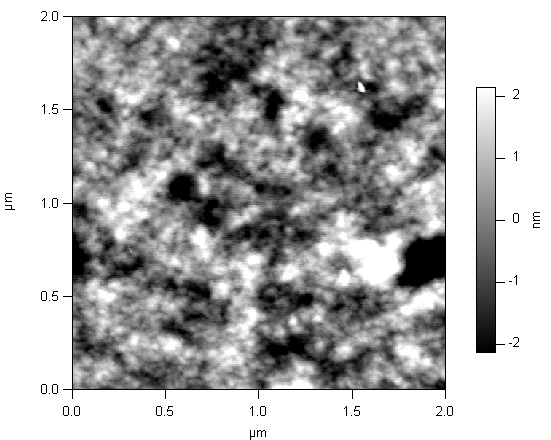OVERVIEW
Energy has always been a fertile ground for scientific discovery. With the growing demand for energy in the developing world and the realization that current energy production will be insufficient and too dirty to meet the demand, the field of energy research has seen remarkable growth in the past decade. Energy is a broad field which involves a diverse group of organizations (academic, government, and private), embodies a wide range of subjects, and employs an array of techniques. We’ll briefly discuss the primary areas of energy research which touch on nanotechnology below.
BATTERY RESEARCH
Batteries store electrical potential in the form of chemical energy. The first modern battery was created in 1800 by Alessandro Volta in Italy. Since that most basic creation, the field has focused on creating more powerful and more compact battery cells. Batteries which are smaller than a human fingernail are now commonplace in watches and hearing aids. Researchers have even made functional batteries on the micron scale.
Research into longer-lasting batteries employs techniques from chemistry, physics, and mechanical engineering. The diffusion of mobile electronic devices, the profusion of alternative energy sources which rely on batteries, and the growing demand for electric cars is driving a renaissance in battery research.
NUCLEAR POWER
Since the opening of the first nuclear power plants in the 1950s, nuclear power has been at the cutting edge of physics research. Many see nuclear energy as an excellent alternative to coal-powered electricity and an essential part of the world’s energy diet. Use of nuclear energy raises a number of concerns regarding safety, sustainability, and security. Nuclear power research seeks to address these concerns, as well as the practical concerns of creating more efficient reactors and improving transmission methods.
OIL AND NATURAL GAS EXPLORATION
The romantic image of an oilman striking it rich through perseverance and luck, while inspiring, is definitely outdated. Today, exploring for oil and natural gas is big business and hard science. Energy companies invest millions of dollars when they drill a new well so they will do everything possible to increase the likelihood of success. This includes employing the most modern analytical techniques, such as spectroscopy and electron microscopy. High-tech labs analyze soil samples from around the world to determine the likelihood of finding precious natural resources in the vicinity.
SOLAR POWER
Solar power is the field of research and industry based on converting radiation from the sun into electrical energy. The most common form of solar power is silicon-based photovoltaic (PV) cells, either in large arrays for utility production, on commercial or residential rooftops, or directly applied to the machines they are powering. PVs are based on semiconductors materials, meaning that many of the same materials and techniques used by the extant semiconductor industry are applicable to PV applications. Beyond fundamental semiconductor research, nanotechnology is applied by scientists in the solar industry to invent and discover new PV materials, increase the energy conversion efficiency of PV cells, improve battery performance, and make production less costly and more competitive.
Organic Solar Cells Imaged with AFM
(P3HT:PCBM blend on PEDOT:PSS over ITO coated glass)
 TECHNIQUES
TECHNIQUES
ENVIRONMENTAL CHALLENGES
High precision research instruments employed in the energy sector do not have particular sensitivities, but they do face unique challenges from their environments. Energy companies often do not have the luxury of building tightly controlled lab spaces like those found in biotech or semiconductor companies. The fast-paced nature of the energy industry demands timely results and quick deployment of new technology. Oftentimes, instruments are installed in mobile labs, on-site installations, or in production environments which leave them exposed to high levels of environmental noise. It is often more cost-effective for these installations to utilize supplementary vibration isolation systems, acoustic enclosures, or EMI cancellation systems rather than construct new lab environments or cope with compromised results.



